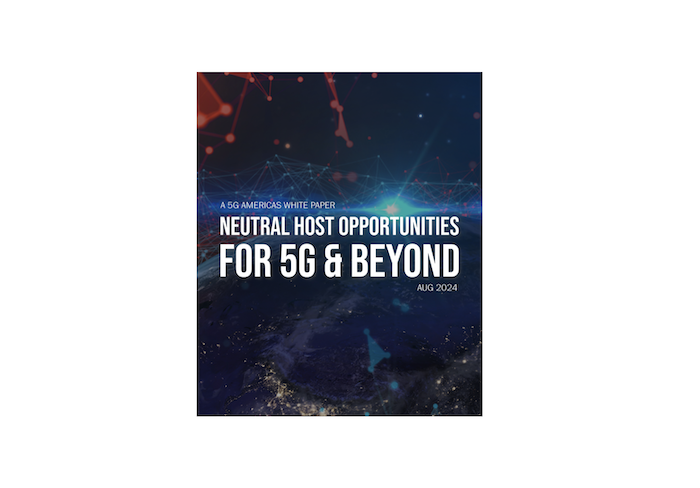5G Americas called for increased use of neutral host networks in a white paper released this week, citing economic benefits and technological advancements.
“We need to be creative both technically and economically to complete that last mile, while also keeping pace with the growth in consumption,” according to Neutral Host Opportunities for 5G and Beyond. “Neutral host solutions can be a catalyst to achieving our goals of universal connectivity while also fulfilling the responsibility of maximizing sustainability.”
Experts estimate growth in the global neutral hosting market may reach $8.7 billion by 2028, driven by surging indoor data traffic and the growing adoption of private networks, particularly in sectors such as manufacturing, education, healthcare, and retail, according to 5G Americas.
There are multiple ways to finance, own, and operate neutral host networks. “The third party operator model is most common for cell towers and small cells, while the enterprise-led model is gaining popularity for in-building systems,” the white paper said. “Carriers can also offer enterprise-funded models that allow access to licensed spectrum. Carriers can generate revenue by providing network-as-a-service, enabling cost avoidance, or value-added services.”
Neutral host networks can support different levels of resource sharing, including the site, the radio, and the RAN, according to the paper, each providing a level of efficiency and cost savings.
“The sharing of basebands, signal distribution networks, radios, and spectrum offers the most economically efficient solution and can save on energy consumption, air-conditioning, and the real-estate footprint,” the white paper said. “The actual operational cost varies by technology but the more hardware sharing that can occur the lower the anticipated operation cost.”
New technologies such as virtualization, cloudification, open RAN, and network slicing can also enhance the flexibility and efficiency of neutral host networks, according to the white paper.
“Neutral host networks can use network slicing to provide shared infrastructure that supports multiple carriers, reducing duplication of resources,” the white paper said. “This can accelerate 5G deployment by deploying a cost-sharing model, making it more economical for carriers to invest in serving rural and underserved areas.”
The neutral host wireless infrastructure model has proven to be a successful business strategy because of the mutual benefits it offers carriers and third party operators, according to the white paper. Similar to the tower business model, a third party manages the system, leasing their infrastructure to multiple tenants and receiving a return on their investment. Also similar to the tower model, the carrier benefits from the ability to expand their network coverage and capacity at a reduced cost, thanks to shared economics.
By J. Sharpe Smith, Inside Towers Technology Editor





Reader Interactions